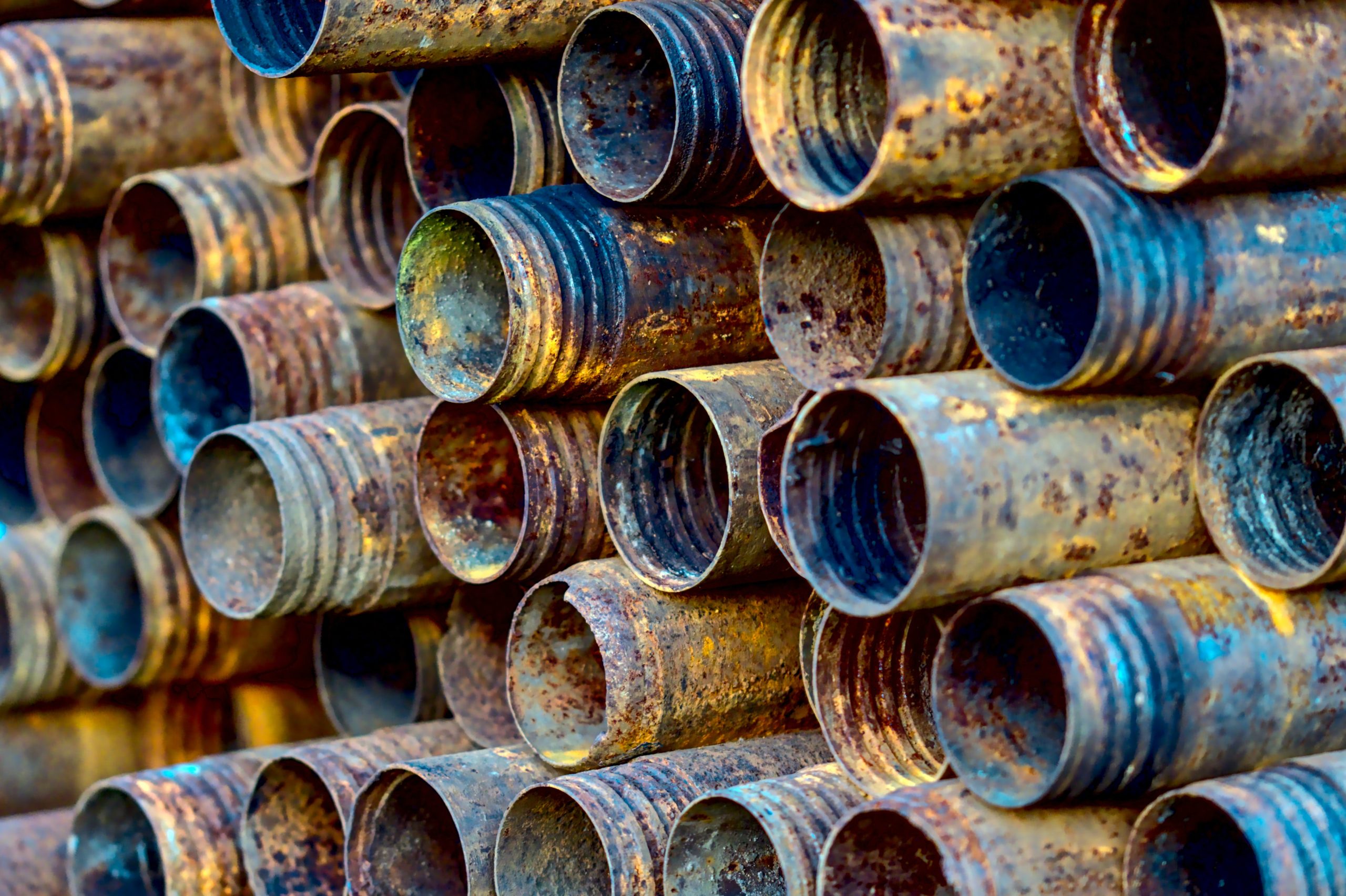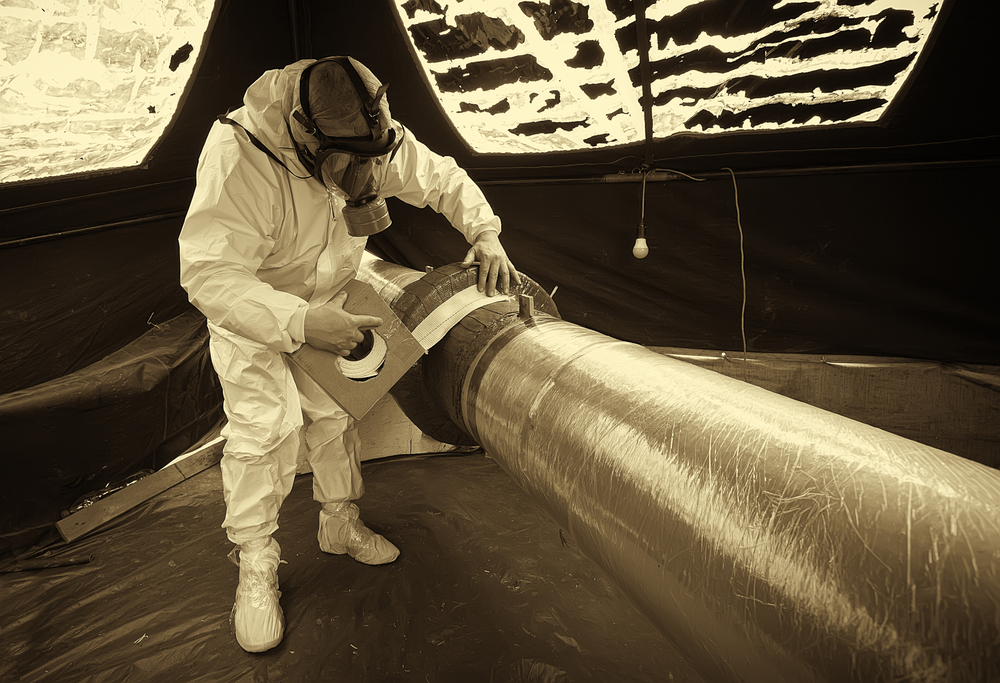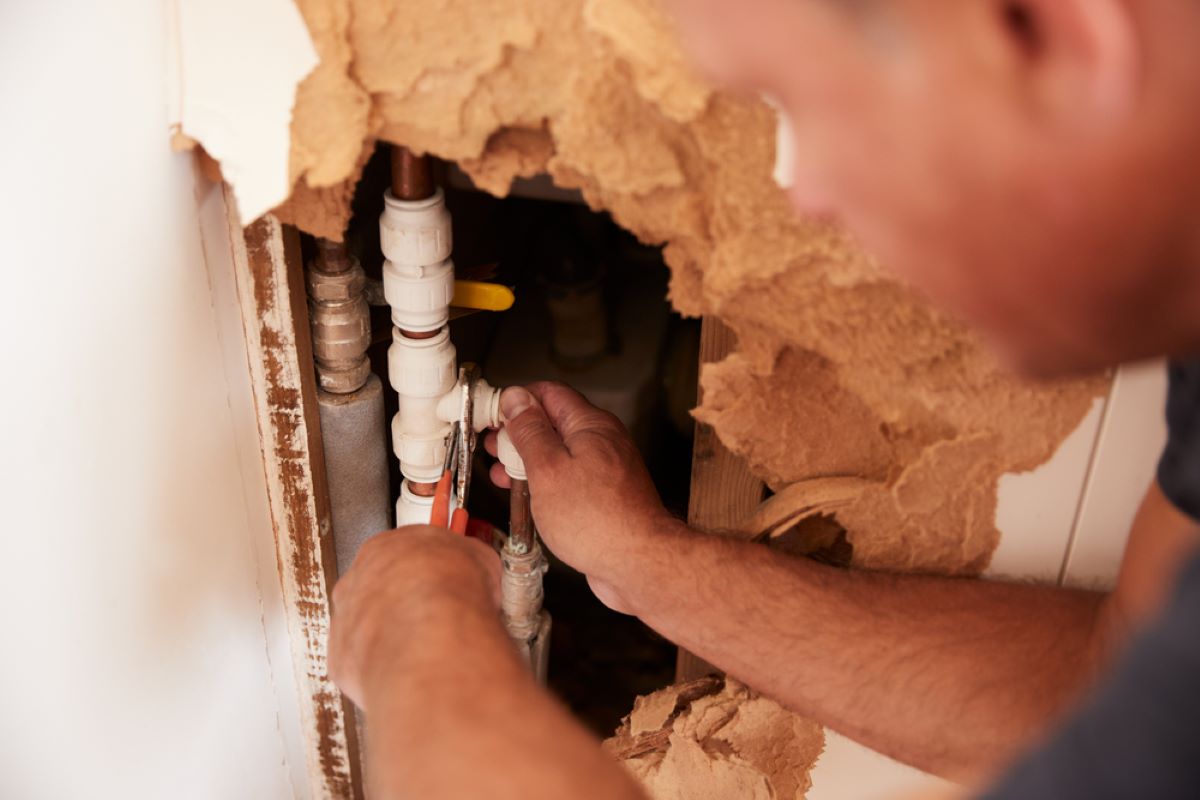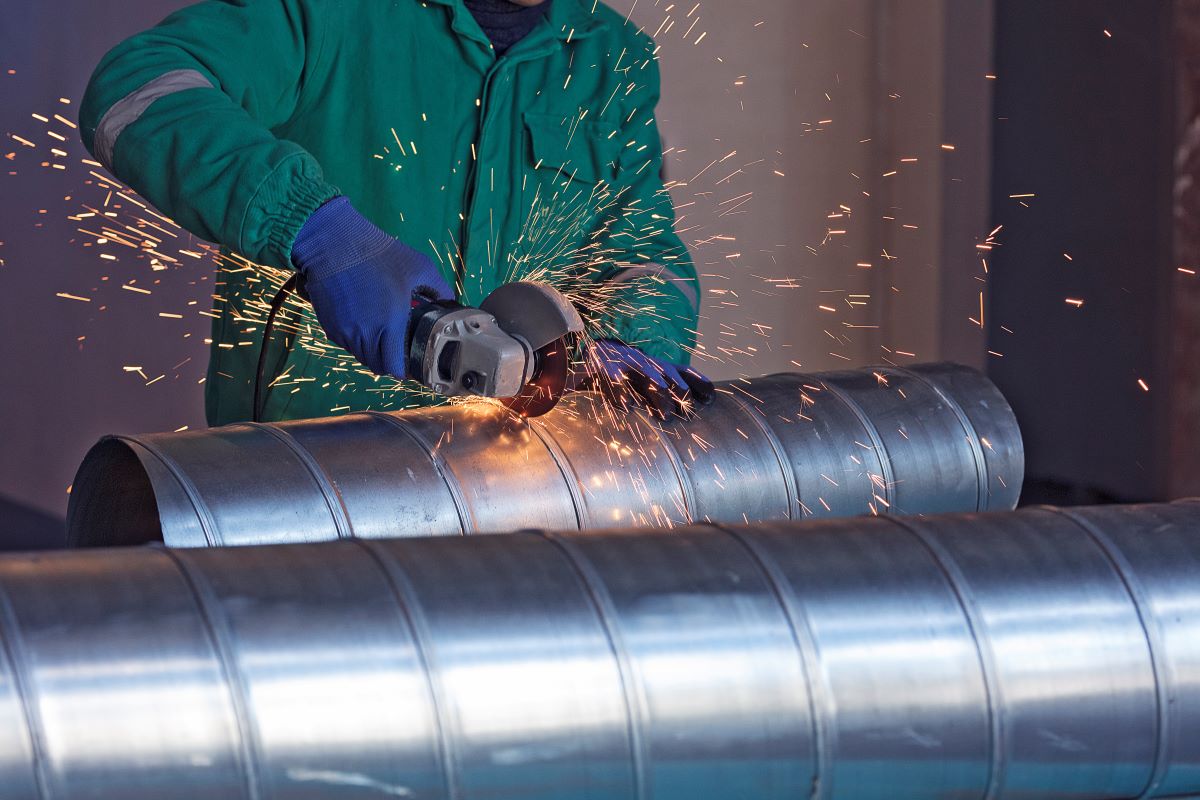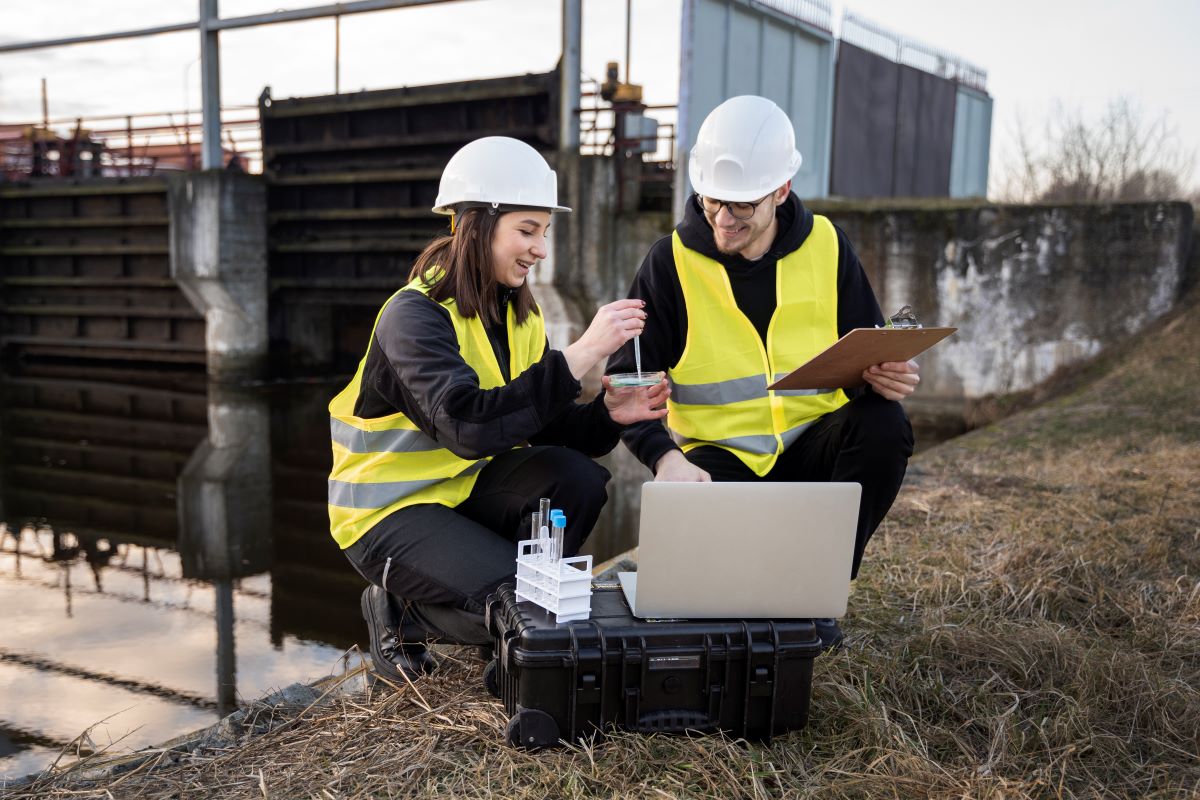0Pipeline corrosion is the most common issue in pipeline systems. The idea of a country in a world without a vast and complex network of pipes is similar to that of a human body without arteries. The economy is heavily based on the transportation and distribution of various materials including oil, gas, chemicals, water, steam, petroleum products, and other materials through pipelines. There are so many bad effects of corrosion in pipes.
Internal pipeline corrosion is damage to pipes and system-related materials caused by interactions of the pipe with the surrounding environment. You need to immediately treat internal pipeline corrosion. We at LPS provide the best pipeline services such as pipeline coating, flexsleeve, and joint lock rings to reduce corrosion chances.
What Is Corrosion In Pipes?
The oxidation and electrochemical destruction of the architecture of a pipeline used to transport any substance are known as pipeline corrosion. Any pipe and connected components exposed to corrosive elements will eventually develop internal and external pipeline corrosion. Pipeline corrosion occurs naturally as a result of the gradual and continuous attack of pipeline materials by the environment.
Internal and external surfaces can be affected. Piping materials affected by corrosion include metallic and non-metallic pipes; pipe joints; welds; and surface coatings. An example of pipe corrosion is the rusting of metal in the presence of moisture and oxygen, resulting in the formation of a metal oxide such as iron.
The study of pipeline corrosion focuses on the following:
- Avoiding life-threatening failures
- Measurement of the deterioration process
- Recognize and control the causes of pipe material deterioration.
- Take corrective measures to avoid further deterioration.
What Is The Common Effect Of Corrosion In Pipes?
There is little or no corrosion on the surface of the steel pipe, but the corrosion is possible from the inside material of the pipeline system. This makes the metal increasingly brittle, which causes it to lose its cohesion and can eventually cause significant damage.
What Are The Most Popular Pipe Materials?
Galvanized steel, iron, copper, polybutene, PVC, chlorinated polyvinyl chloride (CPVC), and polyethene is the most common material used to make pipes. The concrete structure of the pipe is largely determined by its intended use. The preferred material for transporting chemicals and gases such as oil, gasoline, and gas is galvanized steel.
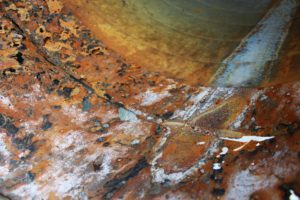
Corrosion Process
The majority of pipe corrosion is caused by an electrochemical reaction that occurs in an environment containing electrolytes. Monitoring voltages and currents related to corrosion rates enable the recognition and control of such damage due to the electrochemical nature of the process.
Following are some reasons that can cause corrosion internally:
- The reactivity or the oxygen content of the liquids and gases transported
- Use of different metals in the piping system
- Liquid and gas temperature, flow, and pressure
What Are The Effects Of Corrosion On Pipelines?
When pipelines corrode, chemicals like lead and copper can reach the watercourse. Both could have adverse effects on your health if you don’t act right away. Copper pollution can cause Gastrointestinal problems are among the health problems. Liver and kidney damage can result from more severe contamination.
Adults exposed to lead can have kidney complications and high blood pressure. However, it can interfere with children’s ability to grow physically and mentally. Corroded pipes can also significantly affect business and employee safety. Ageing pipelines are the cause of major accidents, such as bursting explosions.
Pros
- They are ideal for transporting liquids and gases.
- You can install pipelines in difficult terrain and underwater.
- It involves very low power consumption.
- It requires very little maintenance.
What Are The Causes?
- Firstly, sun exposure
- Subterranean soil and rubble
- Installation issues
- High carbon environment (for example, syngas, which produces metal dust)
- Pipeline impurities (such as impure gases, solids, or liquids)
- The water’s ph level
- The temperature of the water
- Certain minerals in the water (i.e., high levels of calcium)
- Excessive or insufficient oxygen in the water
- The flow of water through the pipe
Frequently Asked the Questions
What causes pipe corrosion?
An electrochemical reaction is the major cause of corrosion that occurs in an automatic environment. Monitoring voltages and currents related to corrosion rates allow detection and mitigation of such damage due to the electrochemical nature of the process.
What causes oil and gas pipelines to corrode?
The main chemical components that cause a corrosion reaction in a pipe are oxygen, acid sulfur, and acid chloride, which dissolve in the water in the pipe. The operation of a given piping system may differ depending on factors such as fluid composition, service location, geometry, temperature, etc.
What causes corrosion?
When the majority or all of the atoms of a single metallic surface are oxidized, general corrosion occurs, resulting in complete corrosion of the surface. The majority of metals are easily oxidized, steadily losing electrons to oxygen (and other elements) in water or air. Moreover, oxygen joins with metal to generate oxide when reduced (gains electrons).
How to protect against corrosion of pipes?
Pipe coatings, including paints and epoxies, are the primary means of protecting pipes against chemical corrosion. One can apply coatings in the factory or on the pipes in the field as a sealant. Fusion bond epoxies (FBE) are one of the most commonly helpful coatings for underground steel pipes.
What is the difference between rust and corrosion?
Corrosion is the process by which certain materials, both metallic and non-metallic, deteriorate due to oxidation. Rust is the oxidation of iron in the presence of air and moisture. Ceramics or polymers are samples of materials susceptible to corrosion. Corrosion occurs on the surfaces of iron and its alloys.
Conclusion
Over the past several decades, the oil and gas pipeline industry has reduced operational risk in the form of pipeline manufacturing technologies and changes in pipeline construction processes. The selection of pipe coatings has followed the development of corrosion protection materials and application techniques over the years.
Even though pipeline transportation of natural gas and oil consider safer and more affordable than ground transportation, pipeline failures, infrastructure deterioration, human error, and major pipeline disasters. As a result, this can harm the pipeline system and the safety of the general population.

